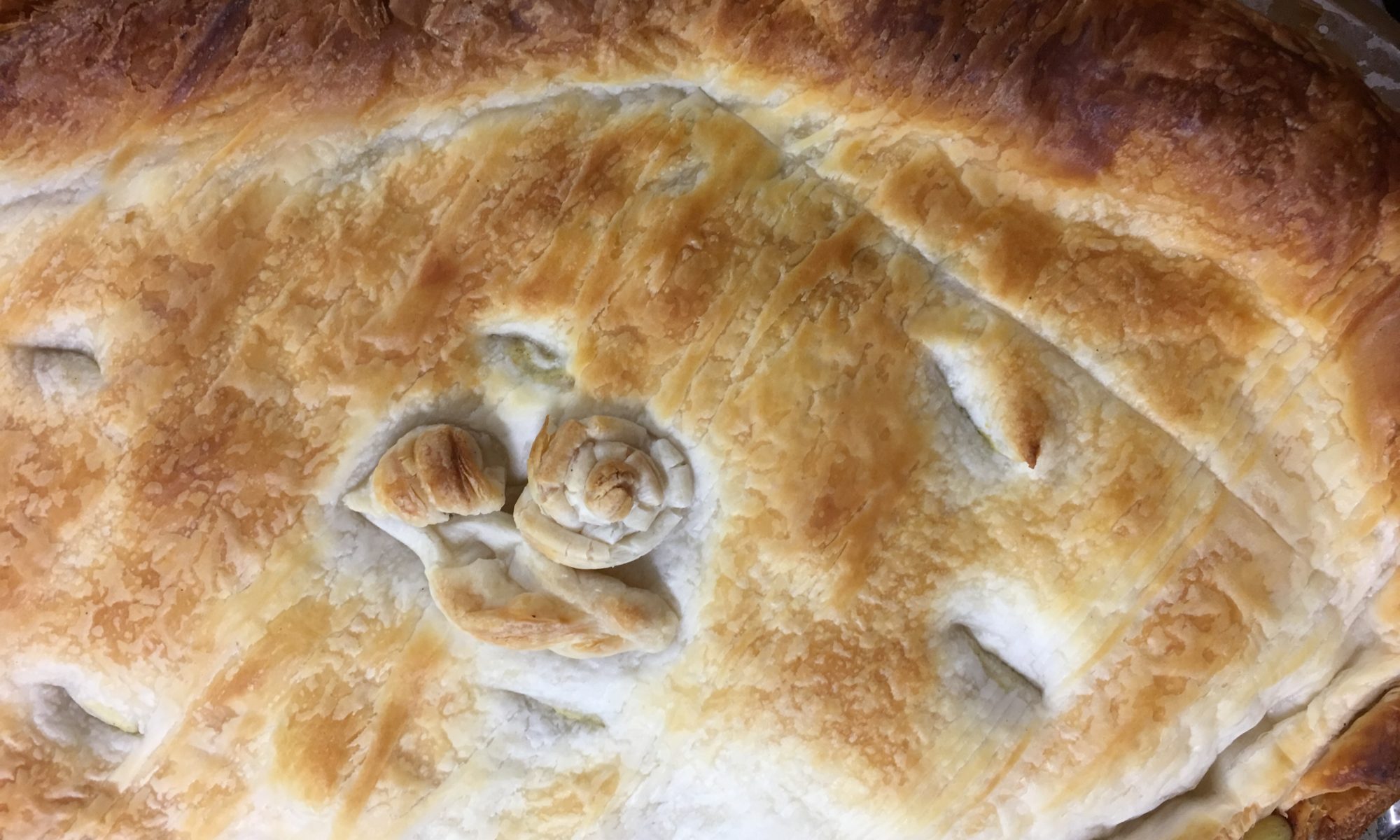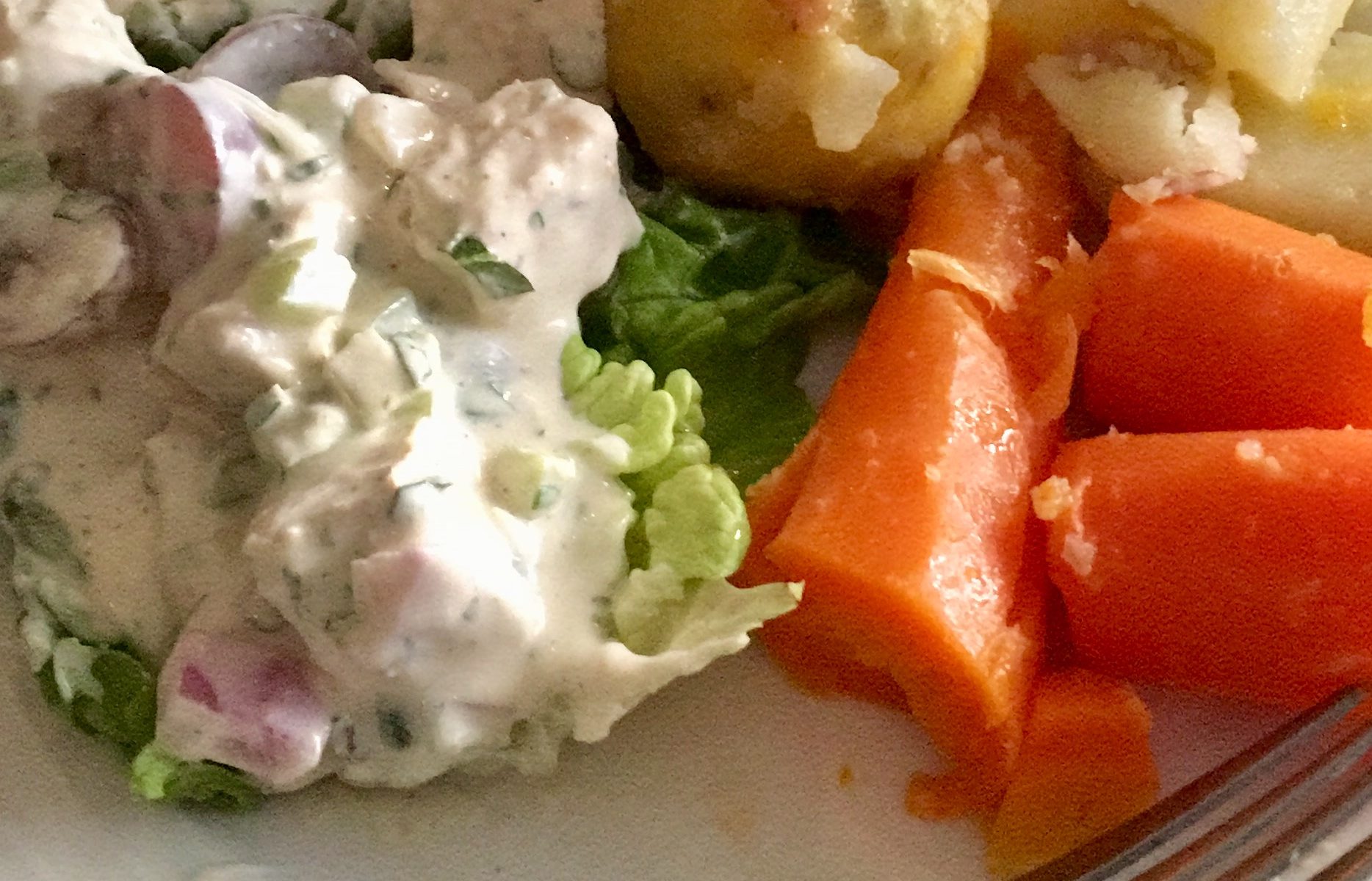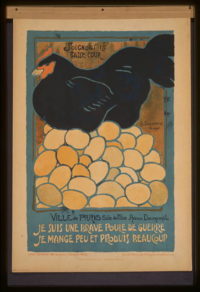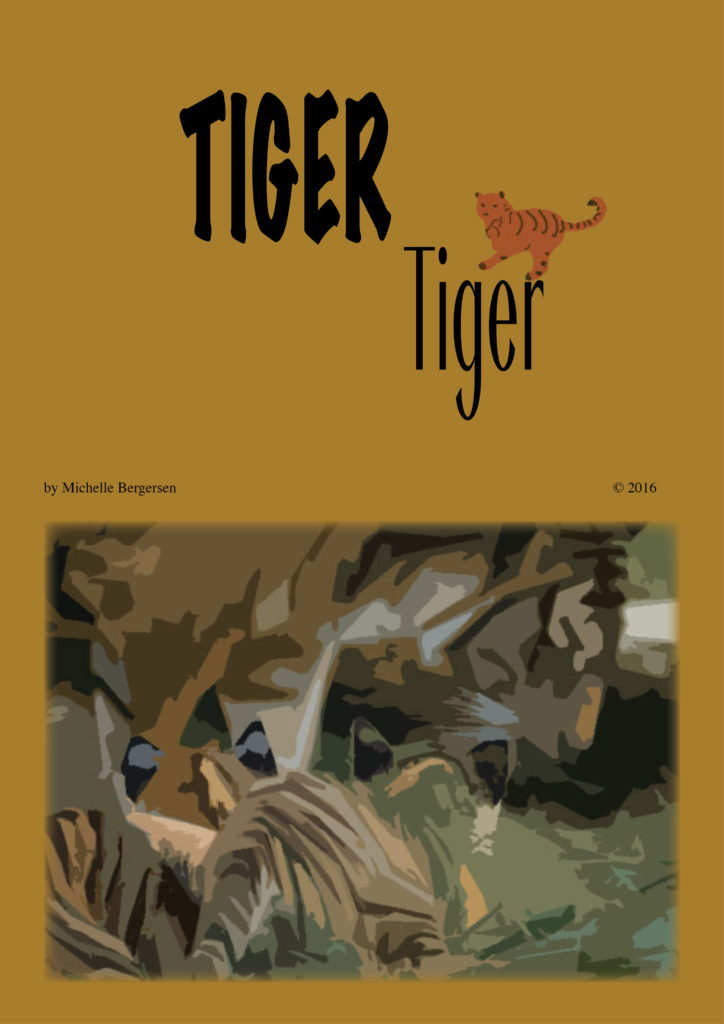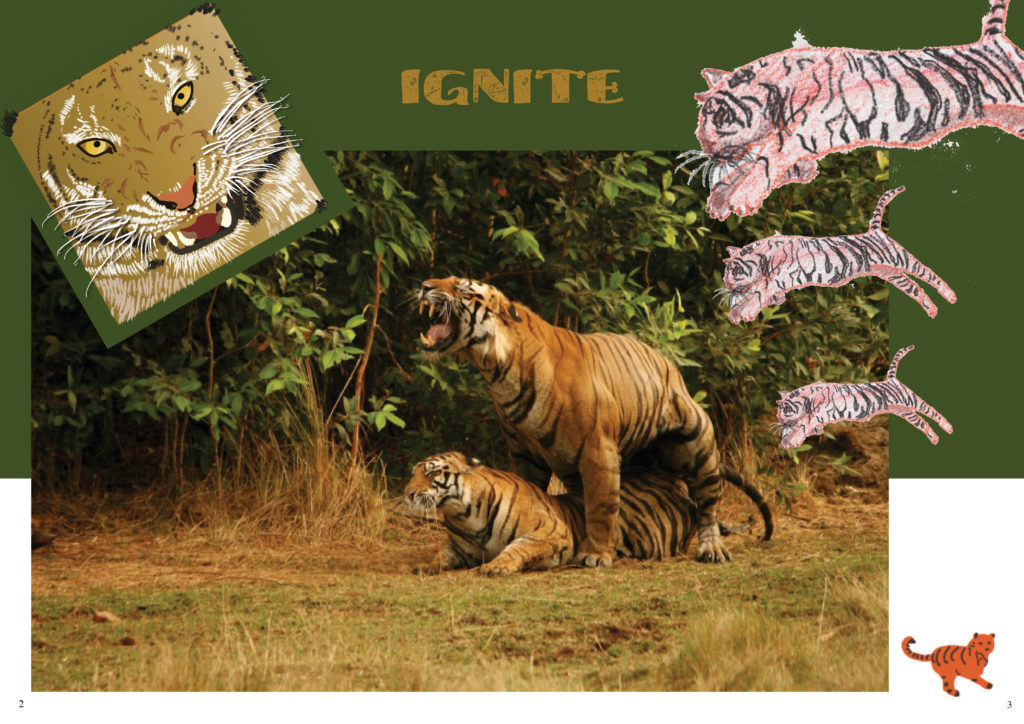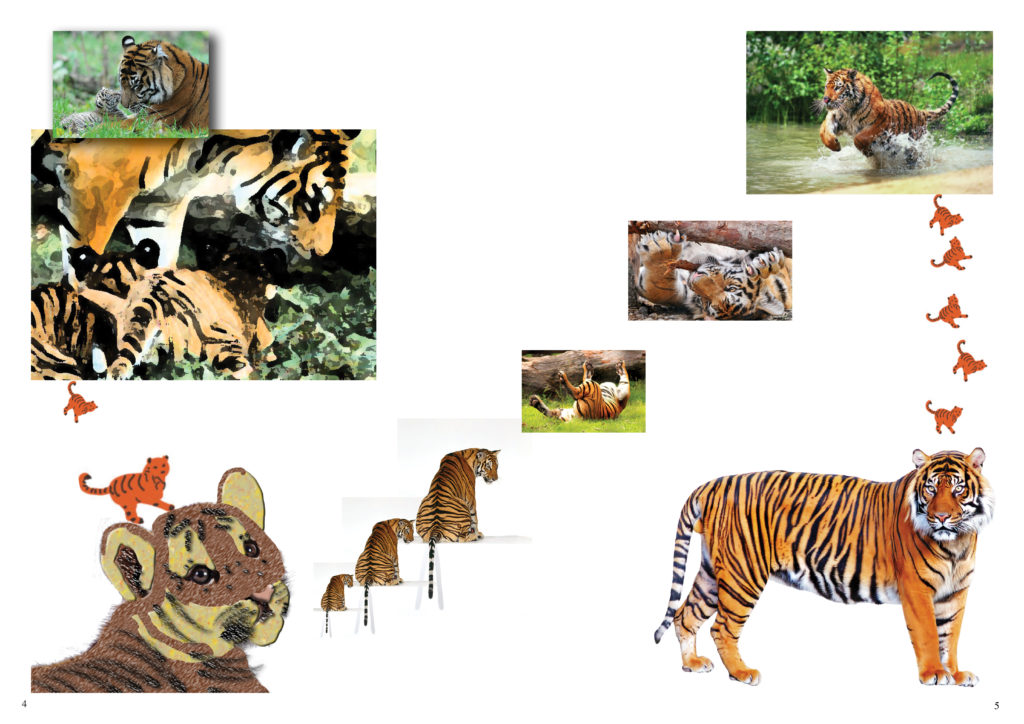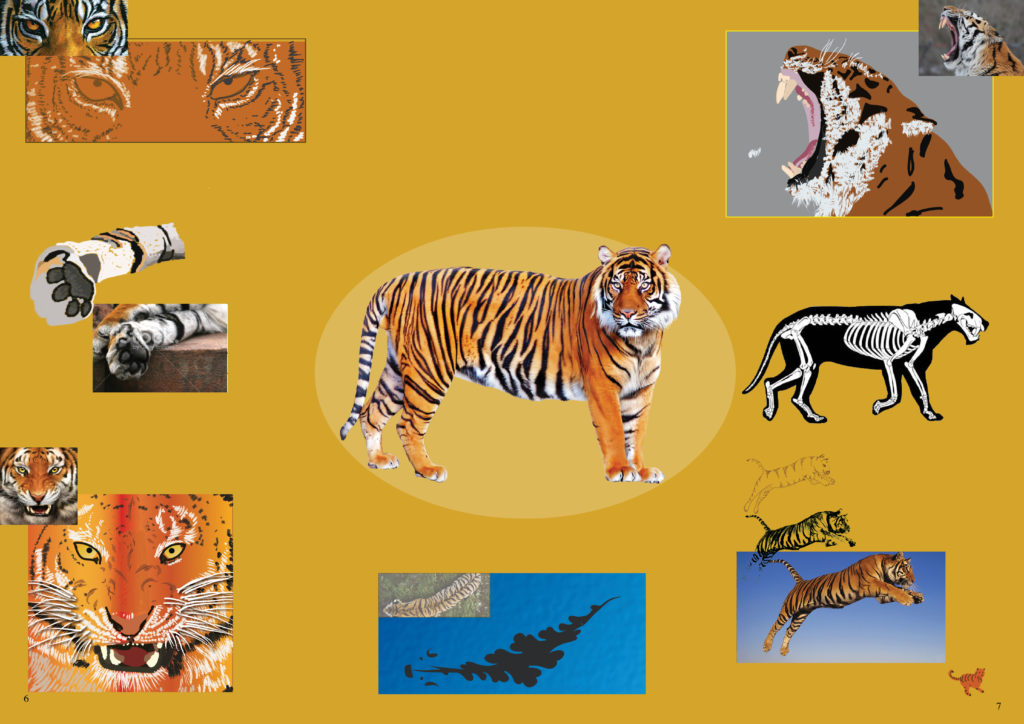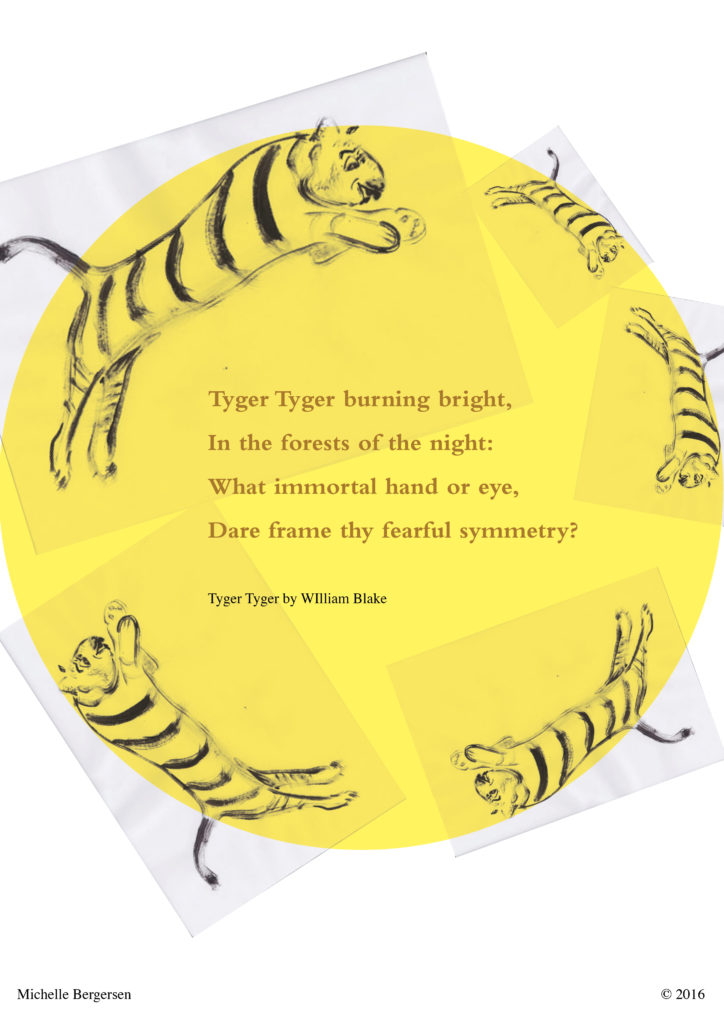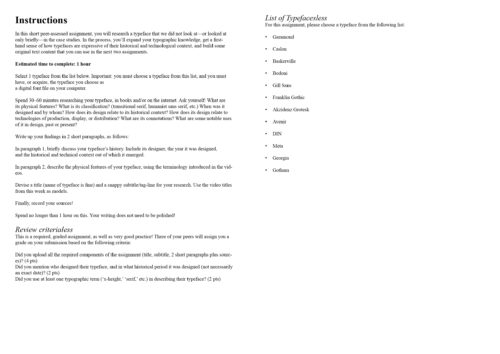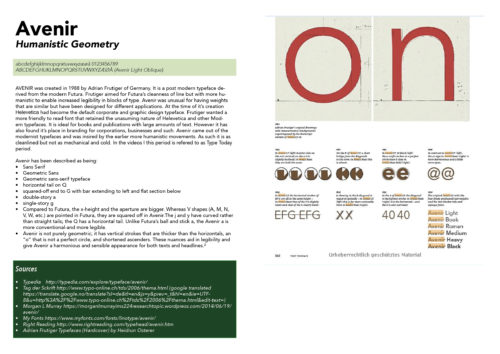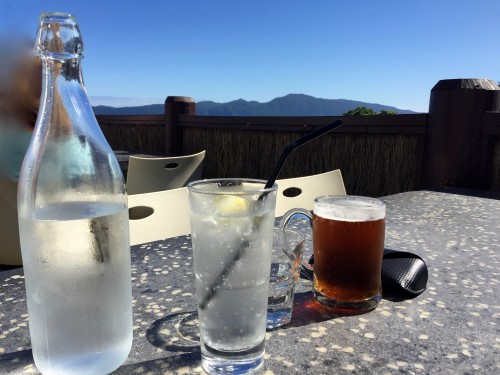When I stayed with Erica recently she made up this recipe which I am unashamedly stealing. To be fair this is just what I remember her doing. Her pie was better, but this was still delicious.
NB this pie is vegan. The chicken is a New Zealand product. Sunfed Chicken is made from pea protein and has a good texture which makes it work well as “chicken” in this pie. It’s not highly flavoured a bit like chicken it works well with a variety of dishes.
A tip Erica gave me was to not move the chicken pieces round a lot when frying, unless you are going for a mince effect. So I fry on a medium heat for 3-5 minutes a side and try to flipping it over only once.
Ingredients
- 2 sheets vegan puff pastry (I used Homebrand)
- 1 packet Sunfed chicken pieces
- 3 tablespoons of jam (apricot or cranberry works well)
- 100 gm Vegan cheese slices (I used angel foods cheddar)
- CHEESE SAUCE
- 4 tablespoons margarin (I used olivano)
- 4 tablespoons flour
- 1 tablespoon cornflour
- 600 ml oat milk (or milk of your choice)
- 1/2 Cup nutritional yeast
- 2 teaspoons dijion mustard
- Salt and pepper to taste
Instructions
- Preheat oven to 230 C.
- Fry chicken substitute 3-5 minutes a side
- Make up cheese sauce, see instructions below, but basically a flavoured white sauce.
- Oil your pie dish and lightly dust with flour and place in you bottom layer of pastry pressing gently to fit the sides. Trim the edges and bake blind for 12 minutes.
- Place the fried “chicken”pieces in the pie dish on top the prebaked pastry.
- Pour the mock cheese sauce over the chicken piece, then place mock cheese slices on top, then drop dabs of jam even over, it should no cover the whole layer but be dots here and there.
- Put pastry on top the lt and trim edges, make decorative slices in the pastry to let out steam and if you like decorate with left over pieces of pastry.
- Bake for 15.20 minutes until the top is nicely brown.
- CHEESE SAUCE
- Melt margarine in a pot, or use equivalent volume of oil.
- Take off heat and stir in flours returning to heat until it clumps.
- Take pot off heat again and add milk little by little, returning to heat when required. Add as much milk as required to make a pourable sauce. Cook until the flour in the sauce is no longer gritty or raw tasting.
- Add in remaining ingredients till the sauce tastes good to you.
If you are a vegetarian you could use real cheese for making the sauce or for the slices of cheese in the pie. But note that using nutritional yeast is a cost effective way of making the sauce and it tastes quite cheesy if you get the right nutritional yeast.

